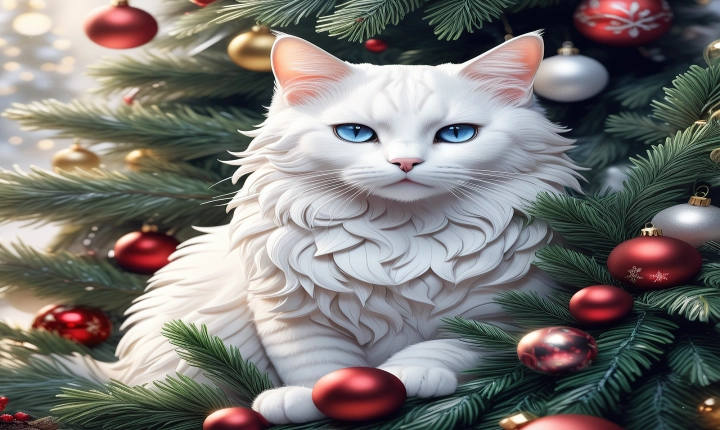Is AI-Generated Art Real Art?
The debate about the authenticity of AI-generated art is an ongoing and controversial one. With the advancements in artificial intelligence, machines are now capable of creating stunning pieces of art that rival the works of human artists. This raises the question: can art created by an AI system be considered real art?
AI-generated art is undoubtedly impressive in terms of creativity and technical proficiency. AI algorithms can analyze vast amounts of data, learn artistic styles, and generate compelling and original visual compositions. From paintings and sculptures to music and poetry, AI-generated art has made significant strides in the art world and has caught the attention of both artists and art enthusiasts.
However, the question remains whether AI-generated art can truly embody the same depth, emotional connection, and creative expression as human-generated art. Art, as we know it, has always been deeply connected to the human experience, emotions, and intellect. It serves as a medium for self-expression, storytelling, and commentary on the human condition. Can AI, which lacks the subjective experience and consciousness of a human being, truly encompass these aspects of art?
When analyzing the impact and significance of AI-generated art, it’s important to consider the intention behind the creation. Human artists often imbue their work with personal experiences, emotions, cultural and historical context, and philosophical concepts. There is a sense of vulnerability and authenticity that comes with human art, as it is a product of the artist’s unique perspective and lived experiences. On the other hand, AI-generated art lacks this intrinsic human touch, making it appear more like a mechanical imitation of art rather than a genuine expression of creativity and emotion.
Moreover, the role of the artist is also a crucial factor in determining the authenticity of art. Human artists actively engage in the creative process, making intentional decisions, and grappling with the complexities of their artistic vision. AI, on the other hand, operates based on predetermined algorithms and data patterns, lacking the conscious decision-making processes and emotional investment that human artists possess.
Despite these considerations, it’s essential to acknowledge the potential of AI-generated art as a valuable and innovative form of artistic expression. AI has the ability to push the boundaries of creativity, challenge traditional artistic norms, and open new avenues for exploration and discovery in the art world. It can serve as a tool for artists to experiment with new mediums, styles, and techniques, and even collaborate with AI systems to complement their own creative processes.
The ever-evolving nature of technology and its intersection with art raises complex questions about the definition of art in the digital age. It calls for a reevaluation of our understanding of creativity, authorship, and the essence of art itself. As AI-generated art continues to make strides in the art world, it’s essential to approach it with an open mind and engage in critical discussions about its role and impact in the broader artistic landscape.
In conclusion, the question of whether AI-generated art can be considered real art does not have a definitive answer. It challenges the traditional notions of art and creativity, blurring the lines between the human and the machine. While AI-generated art may lack the human touch and subjective depth of human-generated art, it presents an opportunity for exploration, innovation, and redefinition of art in the digital age. It is a conversation worth engaging in as we navigate the evolving relationship between art and technology.
In the end, perhaps the question should not be whether AI-generated art is real art, but rather how it can coexist and interact with human-generated art, enriching the artistic landscape and pushing the boundaries of creative expression.
